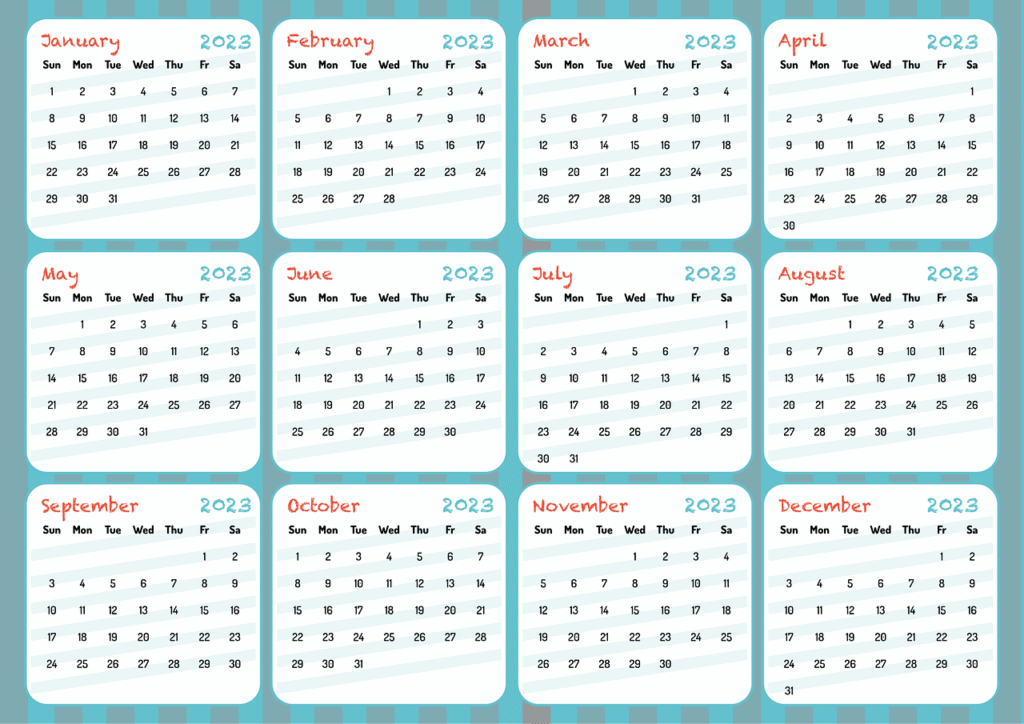Have you ever wondered what retirement could look like if you embraced it as a phase of empowerment rather than slowing down? Retirement doesn’t have to mean stepping back from life; instead, it can be an opportunity to explore new horizons, redefine your purpose, and embrace the freedom you’ve worked so hard to achieve. This article will guide you through the concept of “Empowerment Retirement” and provide you with insights on how to make the most of this transformative period in your life.

This image is property of pixabay.com.
Understanding Empowerment Retirement
The traditional notion of retirement often conjures images of relaxation, leisurely activities, and a slower pace of life. However, “Empowerment Retirement” flips this narrative by emphasizing personal growth, fulfillment, and continuous contribution to society. It’s about taking charge of this chapter in your life and making it as enriching and lively as possible.
The Shift from Traditional Retirement
Traditional retirement was mostly viewed as a withdrawal from working life—a time to relax after decades of labor. In contrast, empowerment retirement is about maintaining vigor, pursuing passions, and possibly even continuing to work, volunteer, or start new ventures, but on your terms.
The Psychological Aspect of Retirement
There’s a significant psychological component to retirement. Many people feel a loss of identity and purpose when they stop working. Empowerment retirement aims to combat this by creating new goals and finding ways to contribute to the community. It’s essential to maintain a fulfilling lifestyle and stay mentally and physically active.
Preparing for Empowerment Retirement
Preparation is key to ensuring that your retirement is as empowering as it is enjoyable. This preparation involves financial planning, mindset shifts, and introspection to determine what your retirement will look like.
Financial Freedom and Security
Your financial health is a cornerstone of empowerment retirement. Achieving financial security allows you the flexibility to pursue the activities and projects you’re passionate about without the stress of money worries. Consider consulting with a financial advisor to ensure you’re on the right track.
Table: Financial Considerations for Empowerment Retirement
| Consideration | Description |
|---|---|
| Savings | Accumulate savings to sustain your lifestyle. |
| Investment Portfolios | Diversify investments for stable returns. |
| Passive Income Streams | Explore rental properties or dividends. |
Reimagining Your Identity
Shifting how you view yourself and what you want to achieve in retirement is crucial. This might involve shedding old labels associated with your career and embracing new ones tied to passions or hobbies. This process can lead to greater fulfillment and a sense of purpose.
Health and Wellness
Maintaining your health should be a priority as it will directly affect the quality of your retirement. Regular exercise, a balanced diet, and routine health check-ups are foundational. Consider incorporating wellness routines that include mindfulness and stress-reduction techniques.
Continuing Education and Learning
Retirement is an excellent opportunity for learning and self-improvement. Whether it’s taking courses on a subject you were always interested in or learning a new skill altogether, education can keep your mind sharp and engaged.
Designing Your Empowerment Retirement
Crafting the retirement of your dreams involves envisioning what brings you joy, satisfaction, and a sense of accomplishment. This vision should align with your values and allow for flexibility as you continue to grow.
Setting New Goals
Identify what you want out of retirement. Perhaps you desire to travel, start a small business, or volunteer. Setting goals will provide direction and motivation as you transition into this new chapter.
Balancing Leisure and Productivity
While relaxation is certainly a perk of retirement, balancing it with meaningful activities that offer a sense of productivity and contribution can greatly enhance your experience. This might include part-time work, volunteering, or mentoring younger individuals in your field of expertise.
Building a Social Network
Social interactions are crucial in retirement. Cultivating a network of friends and family can provide emotional support, reduce feelings of isolation, and increase your overall happiness. Participate in community events, clubs, or online groups that align with your interests.
Contribution to Society
Giving back can be incredibly rewarding. Whether it’s through volunteer work, activism, or sharing your knowledge and skills, making contributions can reinforce your sense of purpose and connect you with others who share your passions.
Financial Strategies for Empowerment Retirement
While the concept of empowerment retirement is exciting, it’s important to have a solid financial plan that allows you the freedom to pursue this path without monetary stress.
Developing a Retirement Budget
Creating a comprehensive retirement budget that accounts for both necessary expenses and leisure activities is critical. This budget should be flexible to accommodate unexpected costs or changes in your lifestyle.
Maximizing Social Security and Pensions
Understanding the timing and strategy for withdrawing Social Security and pensions can significantly impact your financial outlook. Be informed about the best time to claim these benefits in order to maximize your income.
Exploring Alternative Income Streams
Consider generating income through part-time work, consulting, or creative endeavors like writing or art. Additionally, explore passive income streams such as real estate investments or stocks that can provide a steady flow of revenue.

This image is property of pixabay.com.
Embracing a New Lifestyle
Adopting a mindset of empowerment requires you to embrace a lifestyle that continually supports and nurtures your personal growth and happiness.
Traveling and Exploring the World
For many, travel is a top priority in retirement. With fewer responsibilities tying you down, you can embark on adventures that were previously put on hold. Plan your trips, consider long-term travel options, or even living abroad as a unique retirement experience.
Nurturing Creative Pursuits
Channel your energy into creative pursuits, whether it be painting, writing, music, or any form of art. Creativity can offer a sense of freedom and expression, and might even lead to new opportunities or income sources.
Staying Active and Engaged
Regular physical activity not only benefits your body but also enhances your mood and cognitive abilities. Join fitness classes, hike, or practice yoga. Staying active keeps you engaged with the world around you.
The Impact of Community and Relationships
Empowerment retirement doesn’t happen in isolation. Building and maintaining strong relationships with others can significantly enhance your retirement experience.
Family Connections
Retirement presents unique opportunities to strengthen family bonds. Spend quality time with loved ones, participate in family traditions, and perhaps even take on caregiving roles if needed and desired.
Creating New Friendships
Making new connections can be an enriching part of retirement. Seek out individuals with similar interests through clubs, classes, and social gatherings.
Engaging in Social and Community Causes
Retirement is a chance to engage deeply with your community and advocate for causes you care about. Volunteer at local organizations, participate in community events, or perhaps join a local board to apply your skills and experience in meaningful ways.

This image is property of images.unsplash.com.
Overcoming Challenges
While empowerment retirement is filled with potential and opportunity, it also comes with its fair share of challenges that you’ll need to navigate thoughtfully.
Coping with Change
Change can be daunting. The transition from a structured work life to an unstructured retirement may come with moments of uncertainty. Developing a routine, setting goals, and staying open to new experiences can help you adjust more smoothly.
Managing Health Issues
As you age, health issues may become more prevalent. It’s essential to have a proactive approach to managing your health. Develop a support network, stay informed about treatments and lifestyle changes that can improve your quality of life, and don’t hesitate to seek assistance when needed.
Adapting Financial Plans
Even with meticulous financial planning, unexpected events can occur. Stay adaptable and be prepared to make adjustments to your financial strategy as necessary. Regularly review your portfolio, stay informed about economic changes, and consult with financial advisors.
Looking Forward to Your Empowerment Retirement
This phase of life doesn’t mean ending your productivity or usefulness. Instead, see it as a new beginning, a time to pursue passions, make valuable contributions, and create lasting memories.
By planning wisely, staying active mentally and physically, and maintaining a balanced lifestyle, you can lead a fulfilling and empowered retirement. It’s your opportunity to define what success means for you in this new chapter and embody it with confidence and satisfaction. Through this journey, you not only enrich your life but also inspire others to see retirement as a vibrant stage, full of potential and opportunity.

This image is property of images.unsplash.com.





















































